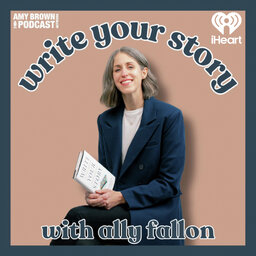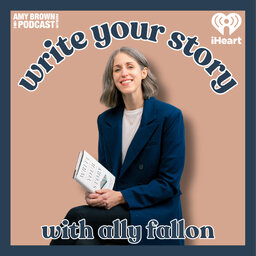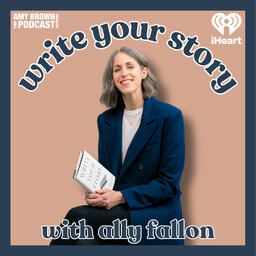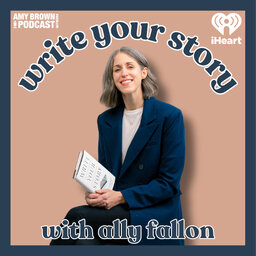Putting My Story Together (a real-life example)
In the final episode of the season, I walk you through my process for writing a story and share why it’s so important to look for patterns, repetition and the meaning you make of what takes place. I’ll see you back in a few weeks for next season. Until then, if you like what you hear, please subscribe, rate and review.
 Write Your Story with Ally Fallon
Write Your Story with Ally Fallon


